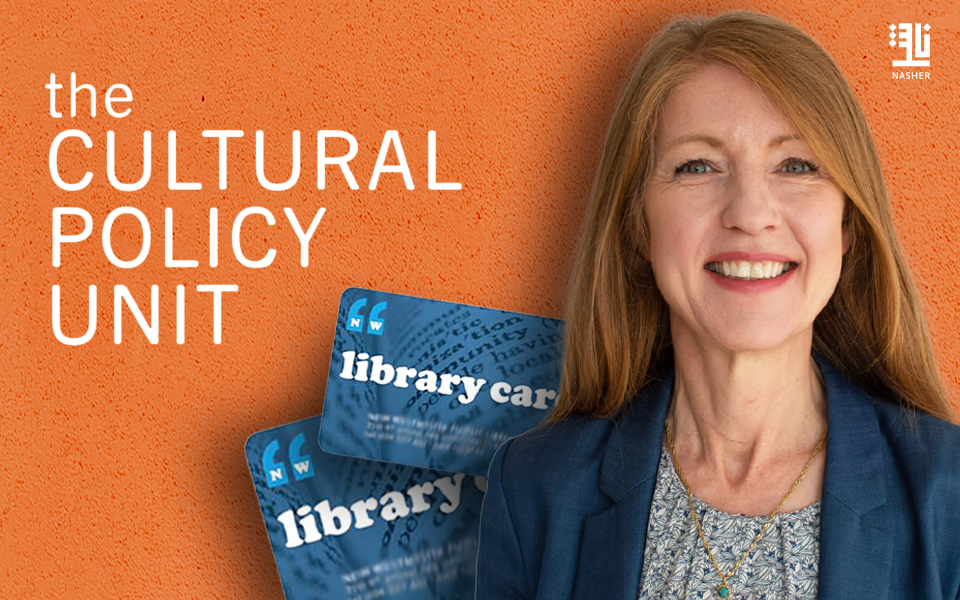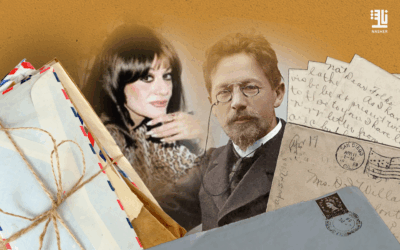As we approach the New Year we bring you a series of book recommendations from around the globe starting with 10 Latin American fiction books to explore.
Love in the Time of Cholera by Gabriel García Márquez
The Colombian city of Cartagena, once a major Spanish garrison and key port of Spain’s Caribbean fleet, is now often swamped by cruise ship passengers and, in the modern parlance, is possibly Latin America’s most Instagrammable location. Love in the Time of Cholera, published in 1985, taps this romanticism in its story of a late-requited love.
This is How You Lose Her by Junot Díaz
This 2012 collection of inter-linked stories works as a loose kind of novel, with the chief character, Yunior de las Casas, divulging his many infidelities from his late teens well into adulthood, on trips “home” as well as in his adopted New Jersey.
Thursday Night Widows by Claudia Piñeiro
Published in 2005, the novel unfolds in the Cascade Heights Country Club, a gated estate outside the Argentinian capital where wealthy families live like Europeans – while beyond the walls society is riven by crime and poverty, and the economy is tanking. When three men are murdered in mysterious circumstances, the suburban fantasy is punctured. The figurative “widows” of the title are the wives whose husbands spend Thursday nights playing cards and drinking.
The Soul of a Woman by Isabel Allende
The Soul of a Woman by literary icon, Isabel Allende, is an ode to the strength and resilience and beauty of women. Isabel taps into her feminine mindset to deliver an inspiring and thought-provoking read about what it really means to be a woman and embrace all aspects of that femininity.
What’s Mine and Yours by Naima Coster
The novel tells the story of how two families end up forever intertwined despite their seemingly vast differences, and touches on themes of race, family dysfunction, relationships and more, using the complex stories of characters who feel incredibly real.
Of Women and Salt by Gabriela Garcia
For Brown Girls With Sharp Edges and Tender Hearts by Prisca Dorcas Mojica Rodríguez, has been described as a “love letter for women of colour,” and it lives up to that description. Prisca provides personal anecdotes as well as research related to issues affecting brown girls including toxic masculinity, impostor syndrome, and intersectionality.
My Broken Language by Quiara Alegría Hudes
My Broken Language is a powerful memoir by Quiara Alegría Hudes, the writer who helped Lin-Manuel Miranda pen In The Heights and wrote the screenplay for the Netflix animated film, Vivo. It chronicles her experience growing up in North Philadelphia amongst a large Puerto Rican family. In particular, it’s an ode to the women in her family, from whom she’s drawn inspiration her entire life.
The Inheritance of Orquídea Divina by Zoraida Córdova
The Inheritance of Orquídea Divina by Zoraida Córdova is a story about a family whose always been in the dark about their matriarch’s past, but several years after she dies, they become desperate to uncover her secrets as members of the family begin dying. Hoping to discover the truth, they travel to her home country of Ecuador.
When We Make It by Elisabet Velasquez
Poet Elisabet Velasquez’s first book, When We Make It, is a poignant novel-in-verse that deftly portrays the lived experience of many second-, third- and fourth-generation Puerto Ricans living on the U.S. mainland. Through the story of a teenager named Sarai, we see the struggle of someone in the midst of trying to break free from generational trauma and hoping and striving for better with little guidance. We see the stories of so many like us and we’re reminded that in the end, life is so much more than just “making it.”
The House of the Spirits by Isabel Allende
The Chilean author’s 1982 debut novel sweeps across three generations of the Valle-Trueba family in an unnamed country and tempers its political sloganeering and supernatural flights with keen psychological observations. The story of class struggles is still relevant and Clara (who possesses paranormal powers), Blanca and Alba Trueba – the mother, daughter and granddaughter who preside over the titular house – are always engaging company, as they flit between the sprawl of Santiago and surrounding agricultural heartland.
The Green House by Mario Vargas Llosa
The 1966 novel by the Peruvian Nobel laureate tells a story of tinpot politicos, prostitutes, soldiers, cops, nuns, priests, river pilots, rubber merchants, gold prospectors and other outback characters – indigenous, mestizo and white – in a great arc of plots and subplots that link the remote riverine city of Iquitos with the coastal desert of north-west Peru. The green house of the title is the Amazon, as well as a brothel outside the city of Piura.







